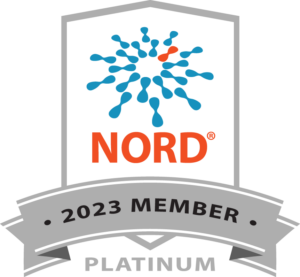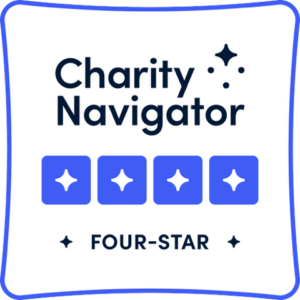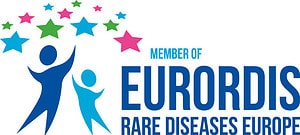Managing Very Warm Weather
Traveling in the summer or going to a hot climate can be challenging for some people with mitochondrialRelated to the mitochondria. disorders. There are several suggestions that may help to keep you cool.
Always make sure you are well hydrated. In hotter climates, your body will sweat more and you can lose fluids very quickly. This can make you dizzy and drop your blood pressure more quickly. Stay ahead of the dehydration and carry around a water bottle or sports drink to make sure you/ your child doesn’t lose too many electrolytes and fluids. If you have a central lineIt is similar to a regular intravenous (IV) line but this is much longer. It goes all the way up to a vein near or just inside the heart. (portA device for delivering liquid nutrition or treatments into the circulatory system, consisting of a small receiving chamber implanted under skin of the chest, connected to a narrow tube that empties i or a broviac) for IV hydration or a g-tube, it may be wise to ask your doctor if you can do an extra bolus of fluid on days that will be spent outside in the heat. Prevention is key when keeping dehydration away! If you are unsure about whether you are dehydrated and need more fluids, always check with your doctor.
Signs of dehydration can include: thirst, dry lips, dry mouth, flushed skin, fatigueThe overall feeling of tiredness or lack of energy. It is not the same as simply feeling drowsy or sleepy. Being fatigued means having no motivation or energy., irritability, headache, dark urine, decreased urine output. Severe dehydration can include: rapid breathing, rapid and weak pulse, low blood pressure, dizziness, fainting, high fever, inability to pee or cry tears, disinterest in drinking fluid. This degree of dehydration requires medical attention.
If you will be out in the heat for any length of time, make sure there is air conditioning or shade within a short distance of where you will be. It can be dangerous for some people with Mito to be out in the heat for prolonged periods of time and can cause the body temperature to rise to high levels. Access to air conditioning, fans, and shade are necessary for people to stay cool and for body temperature to remain normal. If you will be at a beach, rent a beach umbrella or make sure there is shade from a nearby tree.
Carry around a spritzer fan/water bottle combination.
You can buy these at amusement parks, beaches, or other stores like Wal-Mart. Fill up the water bottle with ice water before going out and use it to cool down. Kids especially like this on hot days and we found ourselves using it even for the healthy kids and adults because it cooled everyone down. The fan can be helpful as well.
Jump in a pool or take a swim in the ocean.
These are great ways of cooling down and can be fun too!
Take some ice packs with you and use them to cool down your body. (Be careful, regular ice packs can cause frostbite if left in direct contact with the skin. The very young, very old, and anyone with neuropathy or circulation problems are at an even higher risk.)
You can also buy a cooling vest, which is a vest that either works by holding in moisture and slowly evaporating, or a vest with special ice packs built into the sides. These vests can be used by people of any age or size, many companies will create custom vests for people with special situations. Special vests can be made to accommodate ostomies, body braces, modified cool pack positioning to accommodate wheelchair seating or prolonged bedrest, and more. For in-depth information about different types of cooling vests as well as potential sources of financial assistance, be sure to visit. You and/your child may be able to get a cooling vest for free!
Wear sunblock and bring along a hat and sunglasses!










